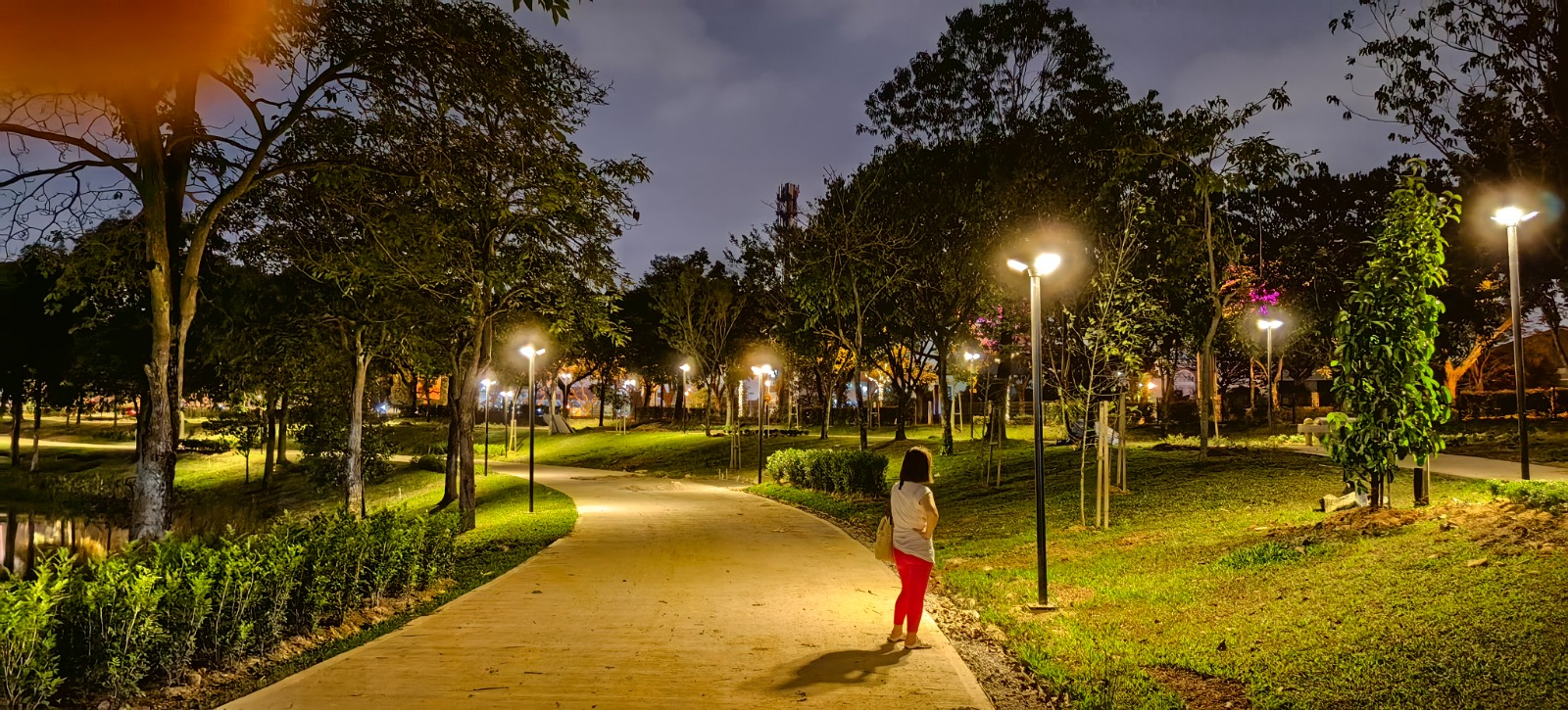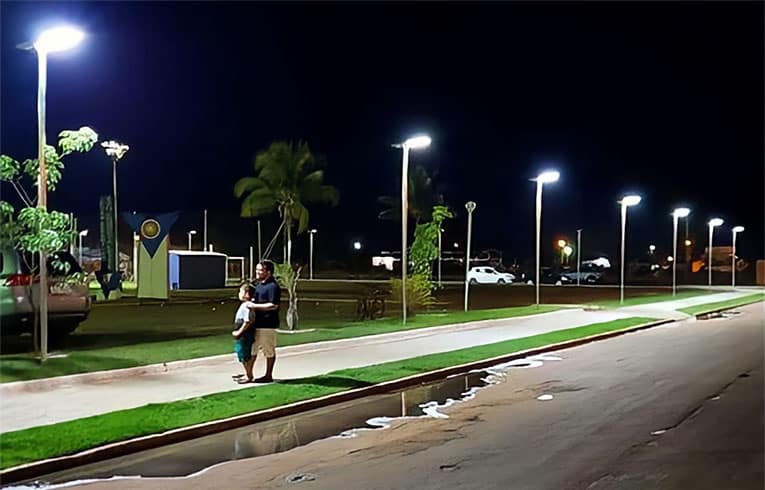Solar street light battery failure reasons
At present, the most unstable quality of the five major components of the solar street lamp is the lithium battery. The main reasons for the failure of lithium batteries in solar street lights are as follows:
Battery aging: lithium batteries have a limited charging and discharging cycle life, and as time goes by, the battery performance gradually declines. This may lead to reduced battery capacity, slower charging and eventual failure.
Excessive charging and discharging: Lithium batteries that are frequently overcharged or over discharged can lead to reduced performance or even damage. Overcharging can cause heat to build up inside the battery, and over-discharging may damage the chemical structure of the battery.
Environmental Factors: Batteries for solar street lights are affected by environmental factors such as high temperature, low temperature and humidity. Extreme temperatures will reduce the performance of the battery, and humidity may cause internal corrosion of the battery.
Charging system failure: Failure of the charging system, such as solar panels, charge controllers or battery management systems, may result in the battery not charging properly, thus shortening battery life.
Material and Manufacturing Quality: Poor quality battery materials or manufacturing processes can lead to battery failure. For example, poor quality batteries may be prone to leakage or internal short circuits.
Improper Maintenance: If a solar street light’s batteries are not properly maintained, such as regular cleaning, tightening connections, and replacing damaged parts, the onset of battery failure may be accelerated.
Battery over-discharge: Lithium batteries can be damaged in an over-discharged state. Over-discharge can lead to low battery voltage, which in turn affects battery life and performance.

Lithium battery quality problems
As the lithium battery of the solar street lamp is basically used to dismantle the power lithium battery. This lithium battery itself for energy storage itself is no problem. But each power electric car condition is not the same, the battery attenuation degree is not the same. The non-professional solar street light manufacturers actually do not have the equipment and ability to distinguish the quality of lithium battery cells. Therefore, the quality of the purchased battery cells varies greatly. Then the quality of the solar lithium battery is also very different.
Utilization process issues
Selection of cells adapted to special environments: Different types of lithium cells have different operating temperature ranges and performance characteristics. In special environments, such as extreme high or low temperatures, lithium cells adapted to the environment should be selected to ensure that battery performance is not affected. Some lithium batteries have better high or low temperature performance, and these characteristics should be matched to the actual environment.
Reasonable system configuration: When designing the solar street light system, a reasonable system configuration should be made according to the actual demand and environmental characteristics. This includes the correct selection of battery capacity, solar panel power, controller parameters and so on. Reasonable configuration can ensure that the system works stably under various weather and light conditions, and at the same time extends the battery life.
Installation problems
Many customers do not understand the solar street light, the installation of the wiring as a matter of course, resulting in solar street light controller burned out, or even lithium battery damage.

What do I need to pay attention to when purchasing solar street lights?
Choosing a professional manufacturer
Examining the professionalism of high-end solar street light manufacturers can be glimpsed through professional questions when you haven’t met them yet:
-How is the solar street light configuration formula derived?
A professional manufacturer should be able to explain the fundamentals of a solar street light configuration, including how to determine the required solar panel power, battery capacity and controller parameters. This demonstrates that they have the relevant engineering knowledge and experience.
-What is the rainy day charging capacity of your 100W solar panel?
This question looks at whether the manufacturer has tested and data logged the amount of charging in various weather conditions. The exact numbers may vary depending on the solar panels and weather conditions, but the manufacturer should be able to provide reliable data to show how their product performs in different environments.
-What is the charging efficiency and discharging efficiency of your controller? How is it tested?
It is important to understand the efficiency of the controller as it directly affects the energy utilization of the solar street light. The manufacturer should be able to explain how to test the efficiency of the controller and provide the appropriate test data.

-How to solve the problem of lighting up on continuous rainy days? Why do you solve it this way?
This question looks at whether the manufacturer has a solution for continuous rainy weather. Specialized manufacturers usually use systems with sufficiently large battery capacity to ensure that the streetlights will continue to be powered even if they can’t be recharged properly. They may also use intelligent control systems to adjust the brightness of the lighting to extend battery life.
-What is the difference between low voltage system and high voltage system? Which one is better? Why?
The manufacturer should be able to explain the advantages and disadvantages of low and high voltage systems. Typically, low-voltage systems are safer, but may require higher currents and thus thicker cables. High-voltage systems, on the other hand, require less current but require special voltage converters. Manufacturers should be able to explain why they have chosen a particular system and provide a rationale for the advantages involved.
-What kind of light shape does your lamp produce? What is the length and width of the cover mounted at 6 meters high?
These questions concern the design and lighting performance of the luminaire. The manufacturer should be able to describe the light form and lighting characteristics of the luminaire and provide relevant design data to help you determine its suitability. Covering the range of illumination mounted at a given height is one of the most important factors in determining the suitability of a streetlight.

The field to see the factory
When looking at the factory, look more at the quality control program, which is the key to controlling the quality of the product, rather than the size of the factory.
Buy samples for testing first
Test the average illuminance and uniformity of the sample to see the number of solar street light cloudy and rainy day support. Not to look at the center of the street light illuminance, a good street light is to illuminate the whole road, a single street light to cover a large area, not a street light below the place is very bright, other places dark.